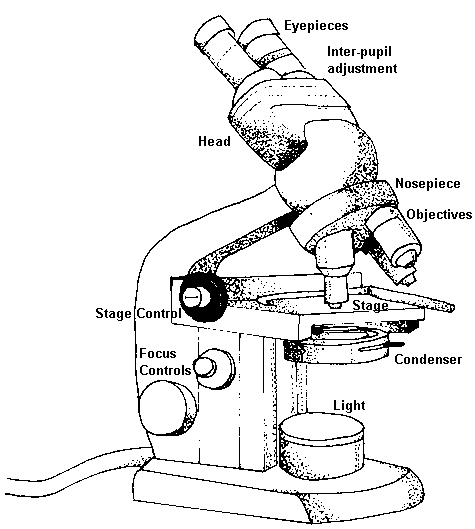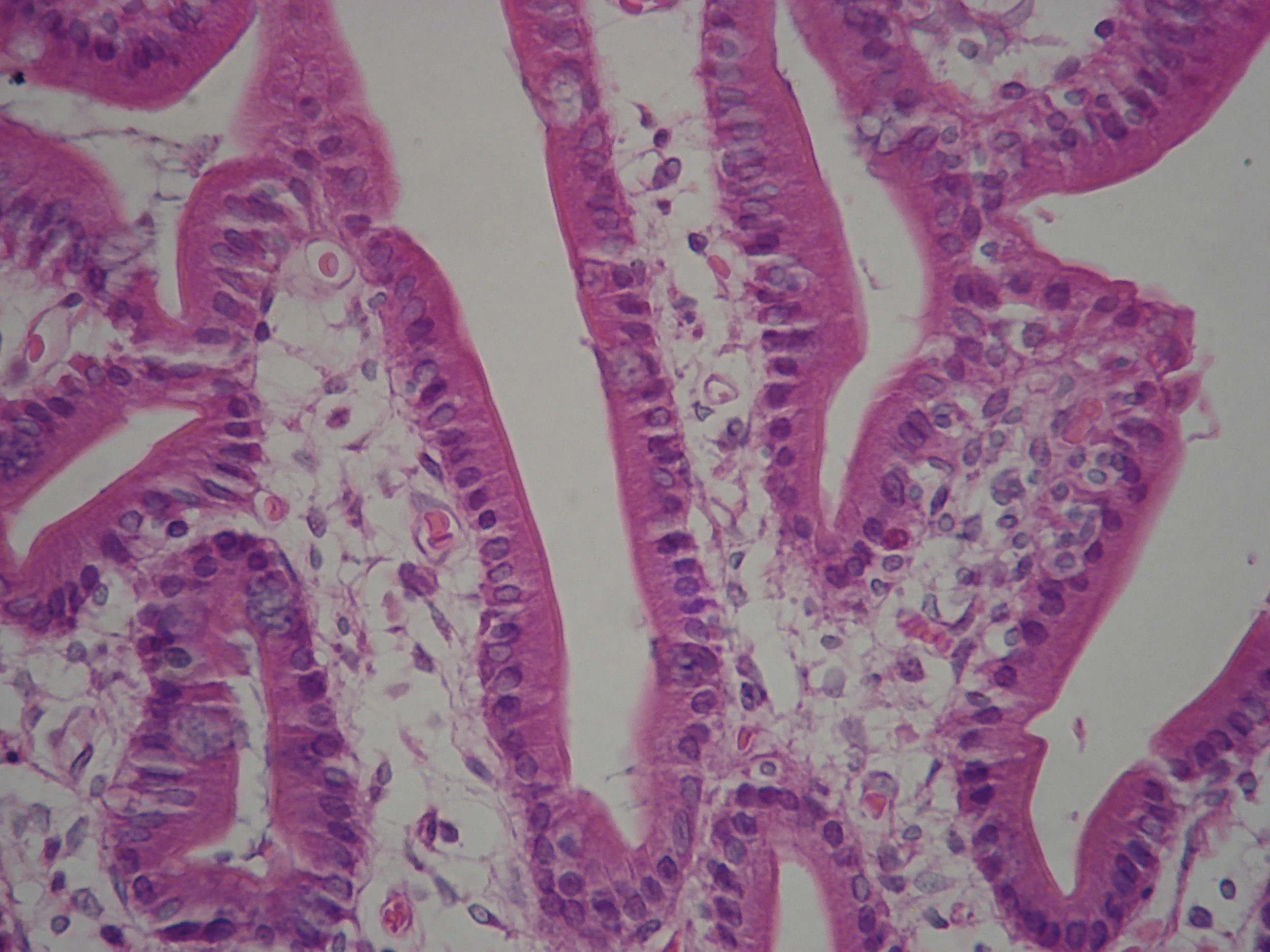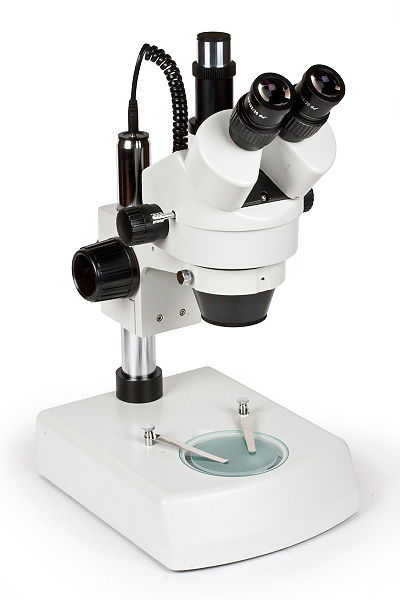More than meets the eye
/Australian Curriculum Level: Year 8
Strand: Science Understanding - Biological sciences
Content Descriptor: Cells are the basic units of living things and have specialised structures and functions (ACSSU149)
examining a variety of cells using a light microscope, by digital technology or by viewing a simulation
So in March this year I was privileged to be invited to visit the University of Melbourne’s Electron Microscopy Laboratory. A good friend of mine, @fembotanist, is working on her PhD in Botany and was showing some Masters students around the lab and demonstrating some of the awesome equipment it houses.
Ok, so a bit of background on microscopy. The word ‘micro’ means smaller than the human eye can see and ‘scope’ means to look at. So clearly, a microscope enables us to see things that are normally too small to see with the naked eye. There are two main categories of microscopes: light microscopes and electron microscopes. The clue is the names. Light microscopes use light to see the specimen (the thing you’re looking at), while electron microscopes use electrons to detect the specimen.
Within each category of microscope there are two main types:
Most high school students will have the chance to get their hands on both types of light microscopes at some stage in their schooling. Compound microscopes, in particular, require patience and a bit of fitness to locate and focus on the specimen when you are first learning how. The average school compound microscope has a maximum magnification of around 1,000× (one thousands times bigger than in real life), while stereo microscopes often only have a magnification of around 100×.
In general, electron microscopes detect much finer detail than light microscopes so they are often used to examine tiny objects like individual cells or, in the case of my friend, fossilised pollen grains. Scanning electron microscopes (SEM) have a maximum magnification of around 100,000×, and transmission electron microscopes (TEM) can get up to around 300,000×. The detail that can be observed with an electron microscope is breath taking, if you’re into that sort of thing! Computers are used to detect the passage and reflection of the electrons and compile the data into an image. The images are black and white, but after they are saved to the computer they can be colourised to highlight aspects or to differentiate between different parts of the image.
Click here to read more about how a scanning electron microscope works.
Costing around $100 per hour to run, it’s not that surprising that the average Victorian high school is not in possession of an electron microscope. In fact, this was my first experience seeing one in the flesh.
Even though I knew a bit about electron microscopes and find their images (especially SEM) stunningly beautiful, I really didn’t know all that much about how they work. Turns out the SEM specimen needs to be dehydrated to prevent it from collapsing inside the microscope chamber, which has all the air pumped out to create a vacuum. After dehydration, the now crispy specimen is coated in a micro layer of gold (so thin it rubs off when you touch it) so that it becomes conductive (able to transmit electrical current). This then enables the electrons, which are negatively charged, to interact with the specimen.
Once the specimen is inside the SEM and all the air has been sucked out, you can turn on the electron beam. Imagine it like a miniature, high speed tennis ball gun. As each ‘ball’ strikes the specimen, it bounces off in various directions according to the angle of the surface it strikes. Computerised sensors within the chamber detect the reflected electrons and use their trajectory to determine the nature of the surface they bounced off.
All this information is collected and collated and turned into an incredibly detailed image. The computer that was used to run the SEM and the image software was so antiquated that it could barely connect to the Internet, but the technology required to run the SEM has changed so little that there was no need to update the computer. Using the cursor to navigate, you simply ‘drive’ around the SEM chamber to examine different specimens, or different aspects of a single specimen. Having found what you want to look at, you can then zoom in on something impossibly small and fill the screen with it.
Having long ago forgotten what trying to be cool was like, I was both vocal and demonstrative in my appreciation of this ‘magic trick’. Blissfully ignoring the mortified Masters students’ looks, I clapped my hands in delight and called for more. @fembotanist showed us the individual hairs inside the cochlea of a mouse and a single grain of pollen stuck to the stigma of an individual floret (miniature flower) of a daisy inflorescence. Who wouldn’t think that was awesome?
While a TEM also provides ridiculous detail, the type of images are not that dissimilar to those you would see down a compound light microscope. SEM images are like black and white photographs of some crazy abstract sculpture. I would happily print them and hang them on my wall.










